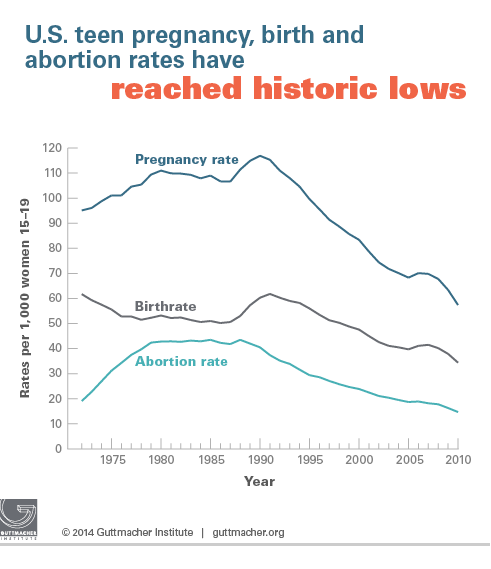
Teen Pregnancy and Abortion: A Complex Issue with Far-Reaching Implications
Introduction
Teen pregnancy and abortion are highly controversial and multifaceted issues that have sparked heated debates for decades. The consequences of these decisions can have profound and long-lasting effects on the lives of young women, their families, and society as a whole. This article aims to provide a comprehensive overview of teen pregnancy and abortion, exploring the contributing factors, societal attitudes, legal frameworks, and potential outcomes.
Contributing Factors to Teen Pregnancy
The causes of teen pregnancy are complex and multifaceted, involving both individual and societal factors. Some of the key contributing factors include:
- Lack of access to comprehensive sex education: Many teenagers lack access to accurate and age-appropriate information about sexual health and contraception. This knowledge gap can lead to risky sexual behavior and unplanned pregnancies.
- Peer pressure and social norms: Teenagers may feel pressured by their peers to engage in sexual activity or to conform to certain social expectations.
- Poverty and socioeconomic disparities: Teenagers from low-income families often face greater challenges in accessing healthcare, education, and other resources that can help them make informed decisions about their sexual health.
- Mental health issues: Teenagers with mental health conditions, such as depression or anxiety, may be more likely to engage in risky sexual behavior.
- Lack of parental support: Teenagers who lack parental support or guidance may be more vulnerable to sexual exploitation and unplanned pregnancies.
Societal Attitudes Towards Teen Pregnancy and Abortion
Societal attitudes towards teen pregnancy and abortion vary widely across cultures and time periods. In some societies, teen pregnancy is seen as a sign of immorality or irresponsibility, while in others it is viewed with compassion and understanding. Similarly, abortion may be legal and accessible in some countries but illegal or highly restricted in others.
In the United States, teen pregnancy has been declining in recent years, but it remains a significant public health concern. According to the Centers for Disease Control and Prevention (CDC), approximately 750,000 teenagers become pregnant each year in the United States. The majority of these pregnancies are unintended, and about half end in abortion.
Abortion is a legal medical procedure in the United States, but it is highly controversial. Anti-abortion activists argue that abortion is morally wrong and should be illegal, while pro-choice advocates believe that women have the right to make decisions about their own bodies and reproductive health.
Legal Frameworks for Teen Pregnancy and Abortion
The legal frameworks governing teen pregnancy and abortion vary significantly from country to country. In some countries, abortion is illegal for all or most cases, while in others it is legal and accessible.
In the United States, the Supreme Court’s 1973 Roe v. Wade decision legalized abortion nationwide. However, states are permitted to regulate abortion within certain limits. For example, many states have parental notification laws that require minors to obtain consent from a parent or guardian before obtaining an abortion.
Potential Outcomes of Teen Pregnancy and Abortion
The potential outcomes of teen pregnancy and abortion are complex and varied. Some of the potential consequences include:
For the Teenager:
- Health risks: Teenagers who become pregnant are at increased risk for certain health complications, such as premature birth, low birth weight, and preeclampsia.
- Educational and economic challenges: Teen mothers are more likely to drop out of school and face economic difficulties.
- Emotional and psychological distress: Teen pregnancy can be a stressful and emotionally challenging experience.
For the Child:
- Health risks: Children born to teen mothers are more likely to have health problems, such as low birth weight, developmental delays, and chronic diseases.
- Educational and economic challenges: Children of teen mothers are more likely to face educational and economic disadvantages.
For Society:
- Increased healthcare costs: Teen pregnancy and childbirth can be costly for society, as they often require additional healthcare resources.
- Social and economic burden: Teen pregnancy can contribute to social and economic problems, such as poverty, crime, and child abuse.
Conclusion
Teen pregnancy and abortion are complex and multifaceted issues with far-reaching implications. The contributing factors, societal attitudes, legal frameworks, and potential outcomes of these decisions are highly varied and can have a profound impact on the lives of young women, their families, and society as a whole.
Addressing teen pregnancy and abortion requires a comprehensive approach that includes improving access to comprehensive sex education, providing support for teen parents and their children, and reducing the stigma associated with these issues. By working together, we can create a society where all young people have the knowledge, resources, and support they need to make informed decisions about their sexual health and reproductive futures.